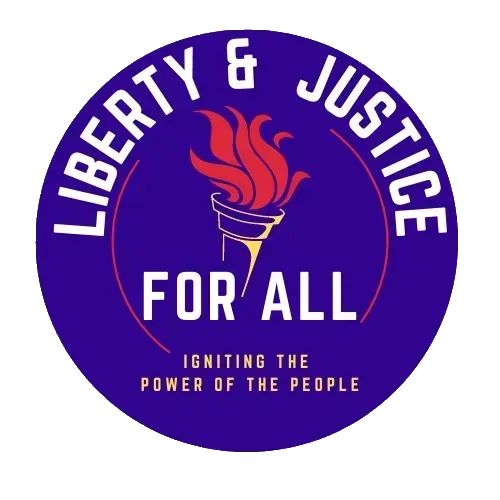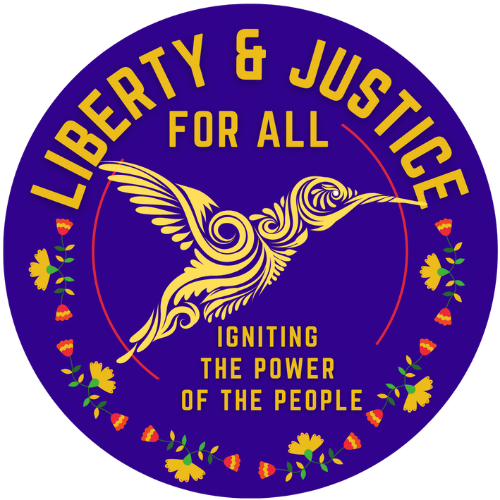The Historic Church-State Separation in the United States
The history of church-state separation in the United States is a complex and evolving one, shaped by various historical events and legal developments. Here is a brief overview:
1. Colonial Era: The concept of church-state separation can be traced back to the early colonial period. Many of the first European settlers came to America seeking religious freedom and an escape from state-sponsored religions in Europe. Several colonies, such as Rhode Island and Pennsylvania, embraced principles of religious tolerance and separation of church and state.
2. The First Amendment: The pivotal moment in the formalization of church-state separation occurred with the adoption of the First Amendment to the U.S. Constitution in 1791 as part of the Bill of Rights. It states, "Congress shall make no law respecting an establishment of religion, or prohibiting the free exercise thereof." This amendment laid the foundation for the principle of government neutrality in religious matters.
3. Jefferson's Wall of Separation: Thomas Jefferson, the third President of the United States, played a significant role in shaping the concept of church-state separation. In his 1802 letter to the Danbury Baptist Association, he famously used the phrase "wall of separation between church and state" to describe the First Amendment's Establishment Clause. This phrase has since become a cornerstone in discussions of religious freedom.
4. Supreme Court Interpretations: The U.S. Supreme Court has played a crucial role in interpreting and applying the principle of church-state separation. Landmark cases like Everson v. Board of Education (1947) and Lemon v. Kurtzman (1971) established legal tests for determining when government actions violate the Establishment Clause. These cases have guided subsequent decisions on issues such as school prayer, government funding of religious institutions, and religious displays on public property.
5. School Prayer and Bible Reading: In the mid-20th century, the Supreme Court issued rulings that prohibited organized prayer and Bible reading in public schools, further affirming the separation of church and state in the education system. Engel v. Vitale (1962) and Abington School District v. Schempp (1963) were instrumental in these developments.
6. Ongoing Debates: Church-state separation remains a topic of ongoing debate and legal contention in the United States. Issues like the display of religious symbols on public property, government funding for religious schools, and religious exemptions from certain laws continue to be litigated and discussed.
7. Expanding Interpretation: The interpretation of the First Amendment has evolved to include not only protection from government establishment of religion but also protection for the free exercise of religion. The tension between these two aspects sometimes leads to complex legal cases, as seen in the Supreme Court's decision in Burwell v. Hobby Lobby (2014) regarding religious exemptions for certain businesses.
In summary, the history of church-state separation in the United States is marked by a commitment to religious freedom and government neutrality in matters of faith. It has been shaped by constitutional amendments, legal precedents, and ongoing societal debates, with the goal of balancing individual religious liberty and the need to prevent government endorsement or interference in religious matters.

